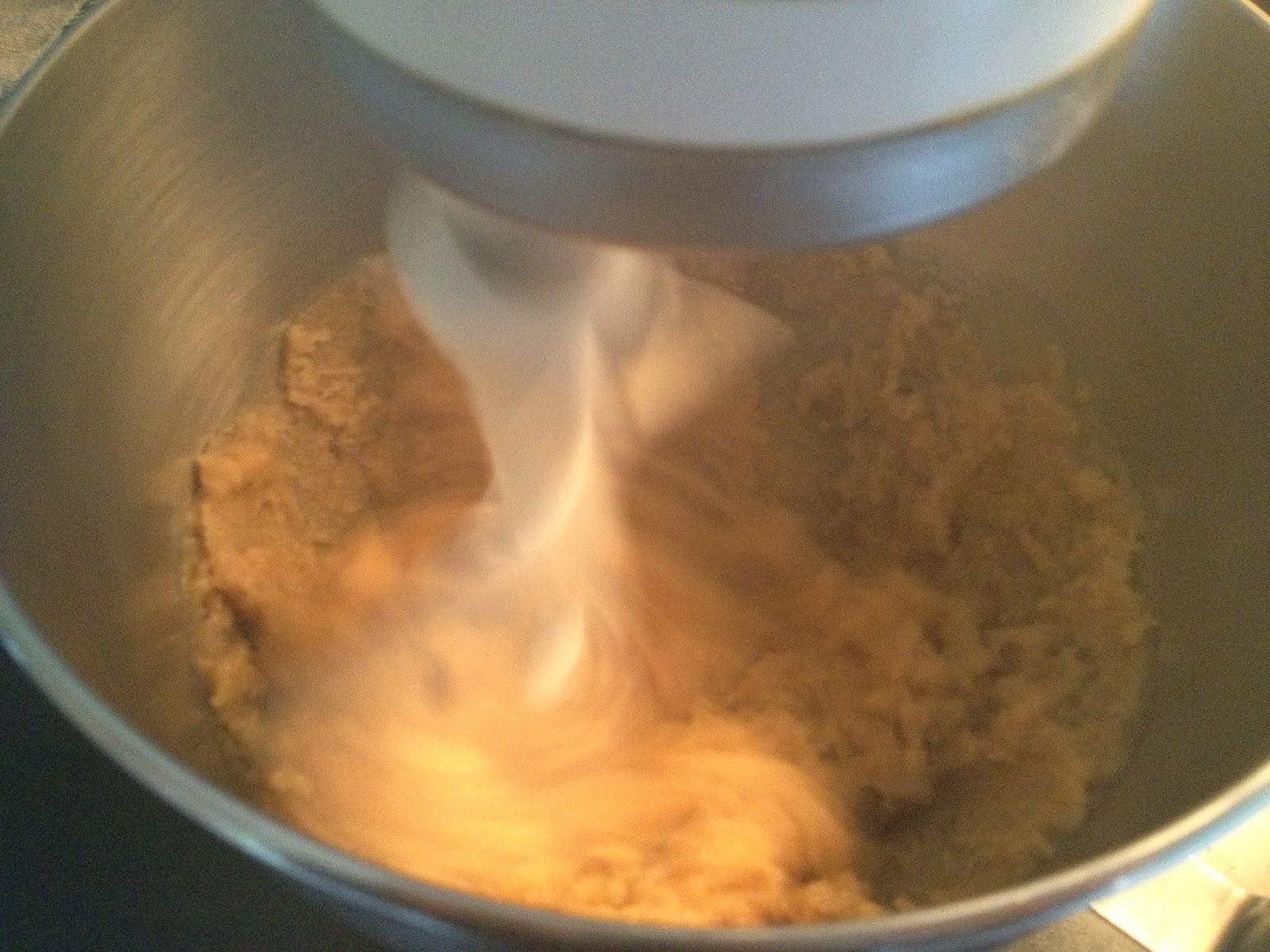Maple Sugaring, Part 4: Granulated Maple Sugar
"When the sap has boiled down just enough, he fills the buckets with the syrup. After that, he boils the sap until it grains when he cools it in a saucer. The instant the sap is graining, Grandpa jumps to the fire and rakes it all out from beneath the kettle. Then as fast as he can, he ladles the thick syrup into the milk pans that are standing ready. In the pans the syrup turns to cakes of hard, brown, maple sugar."
"So that's why it's a sugar snow, because Grandpa is making sugar?" Laura asked.
"No," Pa said. "It's called a sugar snow, because a snow this time of year means that men can make more sugar. You see, this little cold spell and the snow will hold back the leafing of the trees, and that makes a longer run of sap. When there's a long run of sap, it means that Grandpa can make enough maple sugar to last all the year, for common every day. When he takes his furs to town, he will not need to trade for much store sugar. He will get only a little store sugar, to have on the table when company comes."
~from Little House in the Big Woods, by Laura Ingalls Wilder
Now that we've got our maple syrup-making skills down pat, I wanted to try further processing our sap into sugar. This is actually a more traditional way to harvest and store the sweetness of maple sap: New England colonists learned how to make sugar from the Native Americans, and pioneers found it much easier to travel with hard cakes of sugar than bottles of syrup. (Duh.)
And it's easy to do — just keep on boiling that sap!
Well, actually, I was too tired last night to keep going past the syrup point, so we bottled this weekend's syrup in Mason jars and went to bed. Then today I poured the syrup back into a pot to make sugar (hint: you can use store-bought maple syrup for this if you want to give it a try).
First, some butter around the edge of your heavy-bottomed pot:
This keeps the syrup from boiling over. That's not really a problem until you start to push the syrup past 219 degrees. But once it hits 220, look out!
It bubbles and foams up really fast, and would definitely have gone right over the edge without the butter (which I guess makes it too slippery or something?).
Anyway, use a candy thermometer to keep track of the temperature — you're aiming for 255 degrees:
Some science here: The temperature of the syrup rises as the water boils off and leaves behind ever-increasing concentrations of sugar. This goes pretty quick once you get past that first big bubble-up stage.
During boiling, some foam or scum will float to the top, and you should skim it off. These are natural impurities in the maple syrup. It's easiest to wait until it gets left stuck to the side of the pot as the syrup boils down:
Once you hit 255 degrees, you have to pour it into a cool container and stir it until it turns to sugar. You can, of course, do this by hand, but I used the stand mixer. After a bit the thick syrup gets creamy:
And then in another minute steam starts to rise up out of it as it gets grainy:
It was hard to capture the steam in a photo, but in real life it was pretty impressive to watch it all just start to puff out lots and lots of water vapor. (If you look closely to the upper right of the bowl, you can see a bit of it.) You can also see all the condensation forming on the mixer:
In the photo above, you can see how it all quite quickly turned into sandy, light brown sugar! It was like a very cool magic trick. Or science experiment.
Once all the steaming is done, the sugar is finished. The one drawback of using the Kitchenaid mixer is that there's a bit of sugar along the edge of the bowl that doesn't get great contact with the paddle, so it formed a hard clump:
I just used a metal spatula to scrape it off, and it broke into small pieces without to much trouble. To break up those bits, though, I gave the sugar a quick couple of blasts in the Cuisinart:
You can tell it's done when those pieces aren't rattling around any more. Then, after making sure it had cooled to room temperature, I scooped the sugar into some wide-mouthed, quart-sized Mason jars:
Two pints of syrup made about two pounds of maple sugar. It is very fine-grained and is fluffier than regular sugar. It doesn't taste as intensely maple-y as maple syrup, but it's definitely more flavorful than plain cane sugar. It's like the midway point between white and brown sugar.
I'm already thinking of all the things this is going to taste delicious in. Maple flan, obviously, but also spice cake, gingerbread, coffee, apple pie, candied yams …
But before I run off to the kitchen, I think we need to take a moment to remember:
I just MADE sugar.
From a tree. In my backyard.
And this is totally amazing.
AND I swear, once we get bees, I think I'm going to throw down a No Buying Sugar Challenge. Well, maybe a Only Twenty Pounds of Boughten Sugar a Year For Guests Challenge.
I mean, let's not get crazy or anything.













Comments
Post a Comment